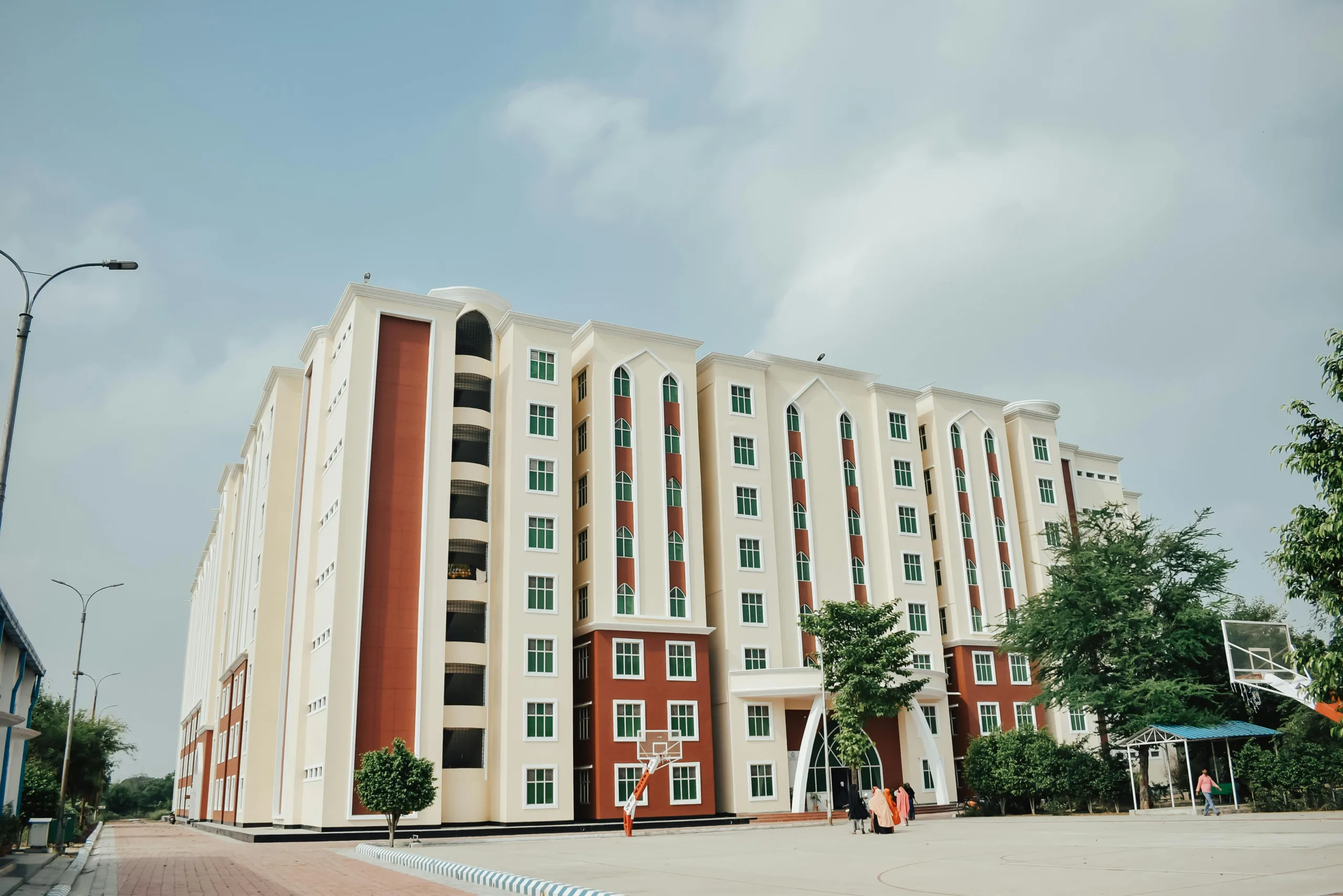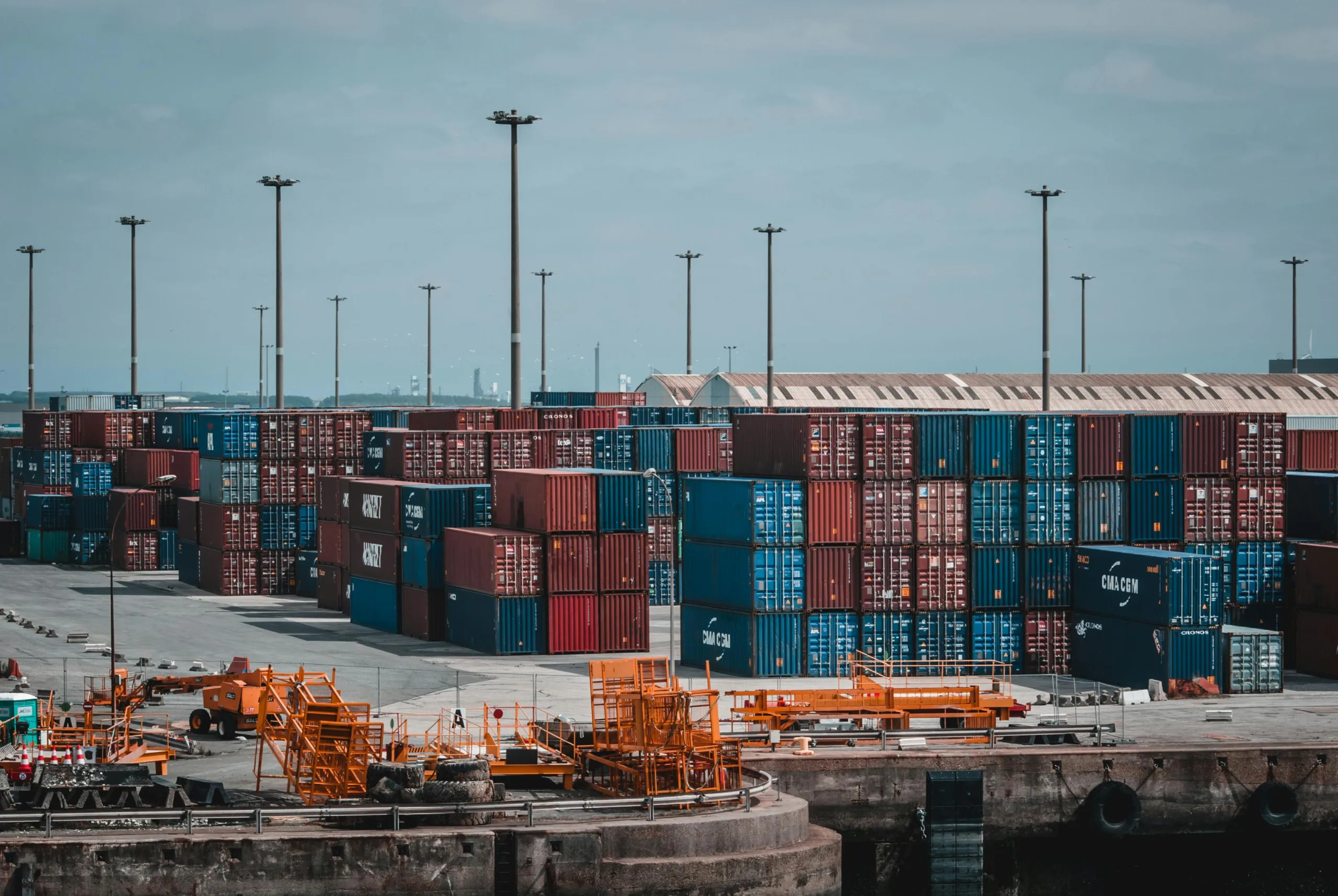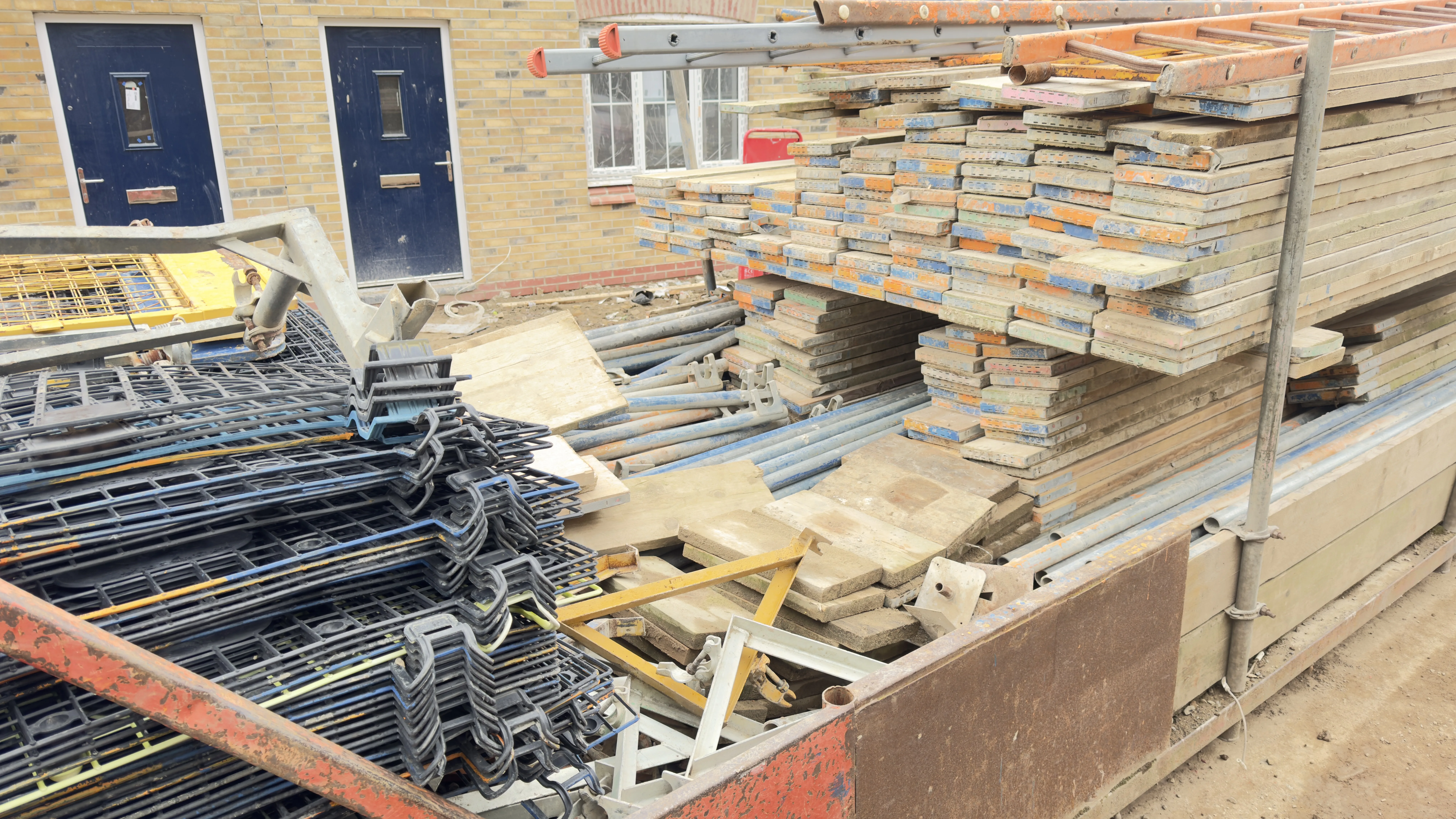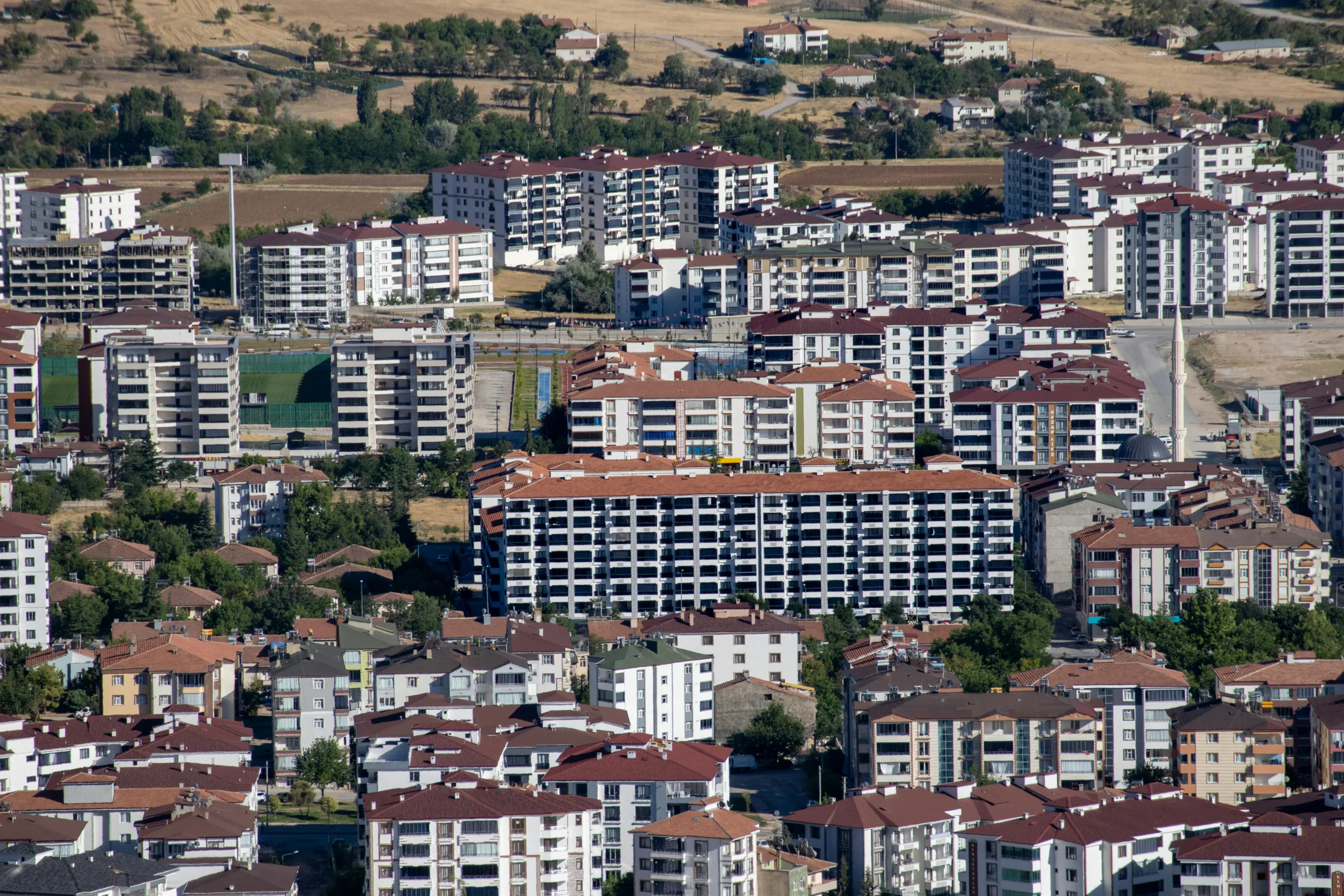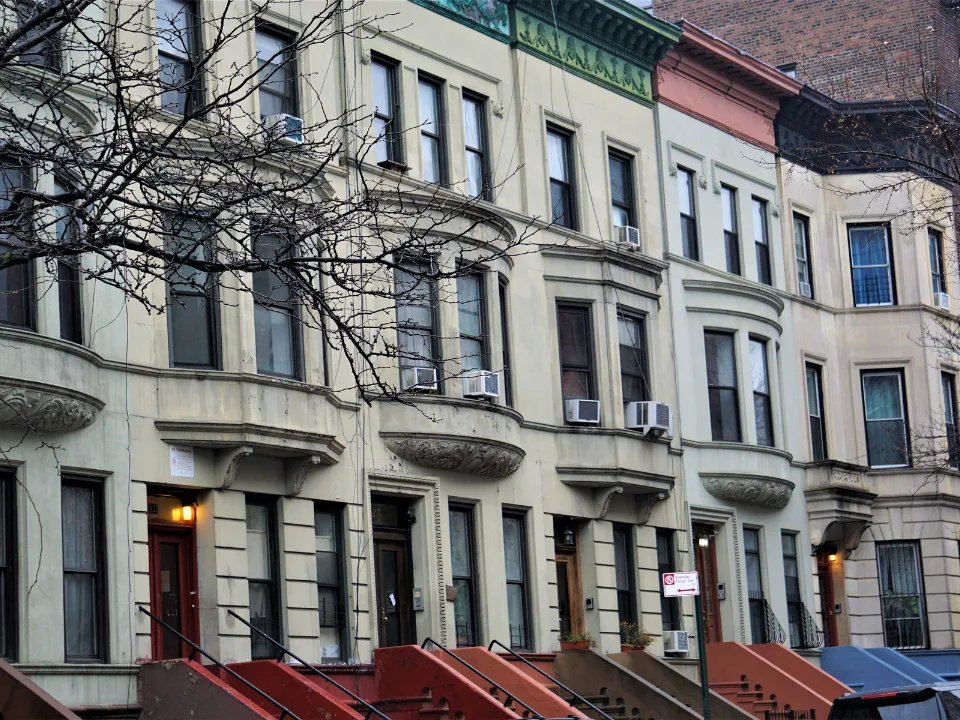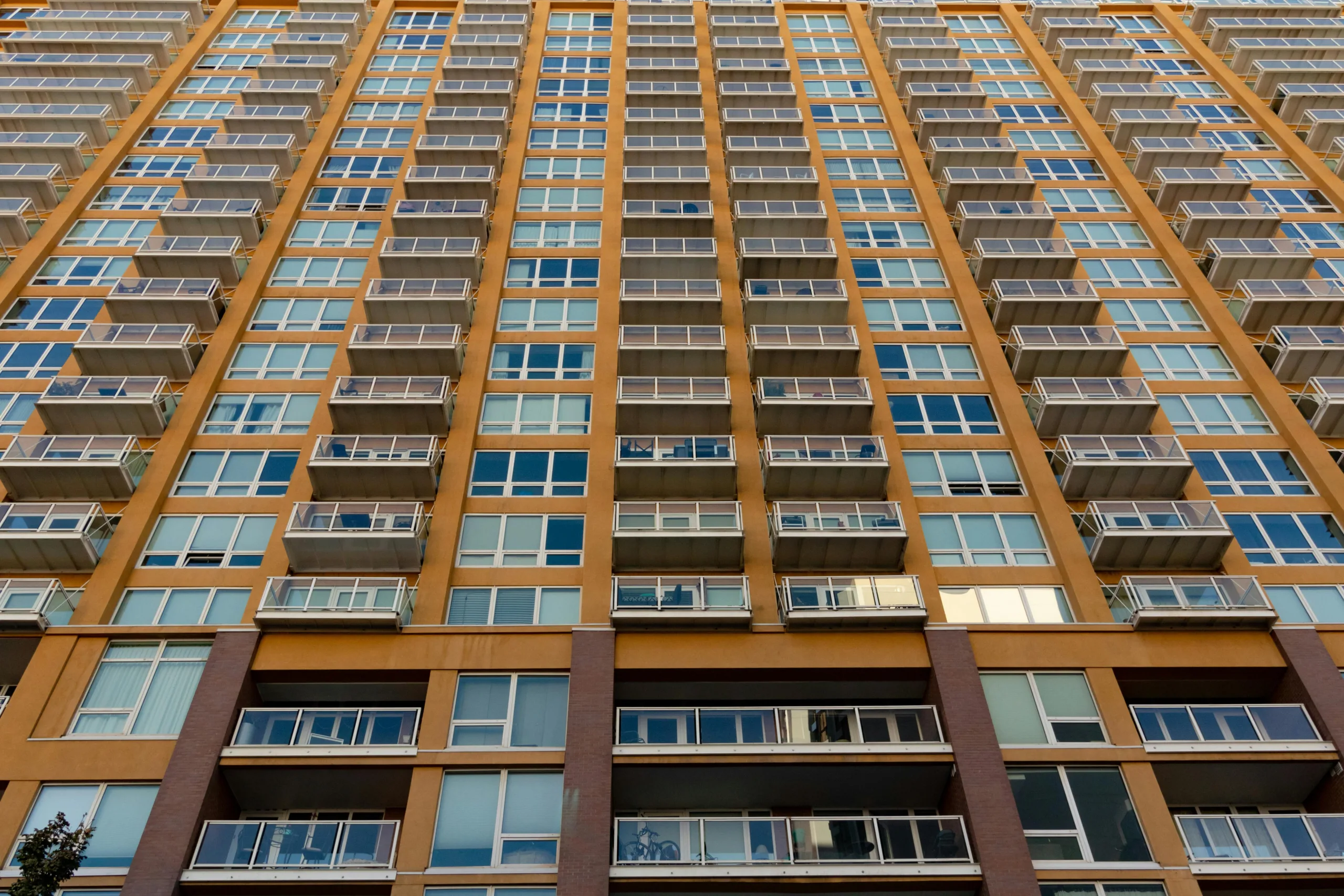- New tariffs impose a 10% duty on softwood lumber and a 25% levy on kitchen cabinets—set to increase to 50% by 2026.
- Builders and developers say the measures could push up construction costs and rents, with ripple effects across the housing market.
- With no domestic supply replacement in sight, the U.S. construction sector remains vulnerable to global supply shocks.
Policy Shift With Price Implications
The Trump administration has introduced a new round of tariffs aimed at construction materials, reports GlobeSt. Imported softwood lumber will now face a 10% duty, while kitchen cabinets and vanities will be hit with a 25% tariff—doubling to 50% in just over a year. The move comes amid ongoing efforts to reduce US dependence on foreign goods, though it risks driving up homebuilding costs at a sensitive time.
Foreign Supply Chain Still Critical
Despite the protectionist push, US construction heavily relies on foreign materials. Canada remains the dominant supplier of lumber to the US, accounting for nearly 40% of imports, followed by China, Brazil, Mexico, and Germany. A limited domestic production base means these tariffs are unlikely to be offset by US manufacturing in the near term.
Get Smarter about what matters in CRE
Stay ahead of trends in commercial real estate with CRE Daily – the free newsletter delivering everything you need to start your day in just 5-minutes
Developers Feel The Pressure
The new costs are already affecting market dynamics. “We’re seeing direct impacts in rental pricing,” said Jeff Lichtenstein, CEO of Echo Fine Properties, pointing to rising renewal rates in markets like South Florida. As material costs rise, those increases are being passed through to consumers—both buyers and renters.
Supply Chains In Flux
Developers are working to diversify suppliers and brace for disruptions. Rick Porras, CFO of Neology Group, said alternative sourcing is underway, but delays and longer lead times are likely. He added that potential revisions to North American trade agreements may eventually soften the blow, but uncertainty remains.
Multifamily Projects At Risk
Experts say multifamily construction could be hit hardest in the short term. “Higher costs could pause or reshape several developments,” said Patrick Haggerty, a commercial real estate attorney. Projects already in motion may require new financing terms or underwriting adjustments.
Bad Timing For Rebuilding Efforts
For regions recovering from natural disasters, the timing is especially difficult. Gary Mkrtichyan of Opus Builders, based in Los Angeles, noted that wildfire-related demand had already begun driving up lumber costs. The added tariff burden could stall both reconstruction and new development in affected areas.
Outlook
With tariffs set to rise further in 2026, builders and developers may need to adapt quickly—or face even greater affordability challenges in housing delivery. As the market recalibrates, the ultimate cost is likely to fall on consumers.
